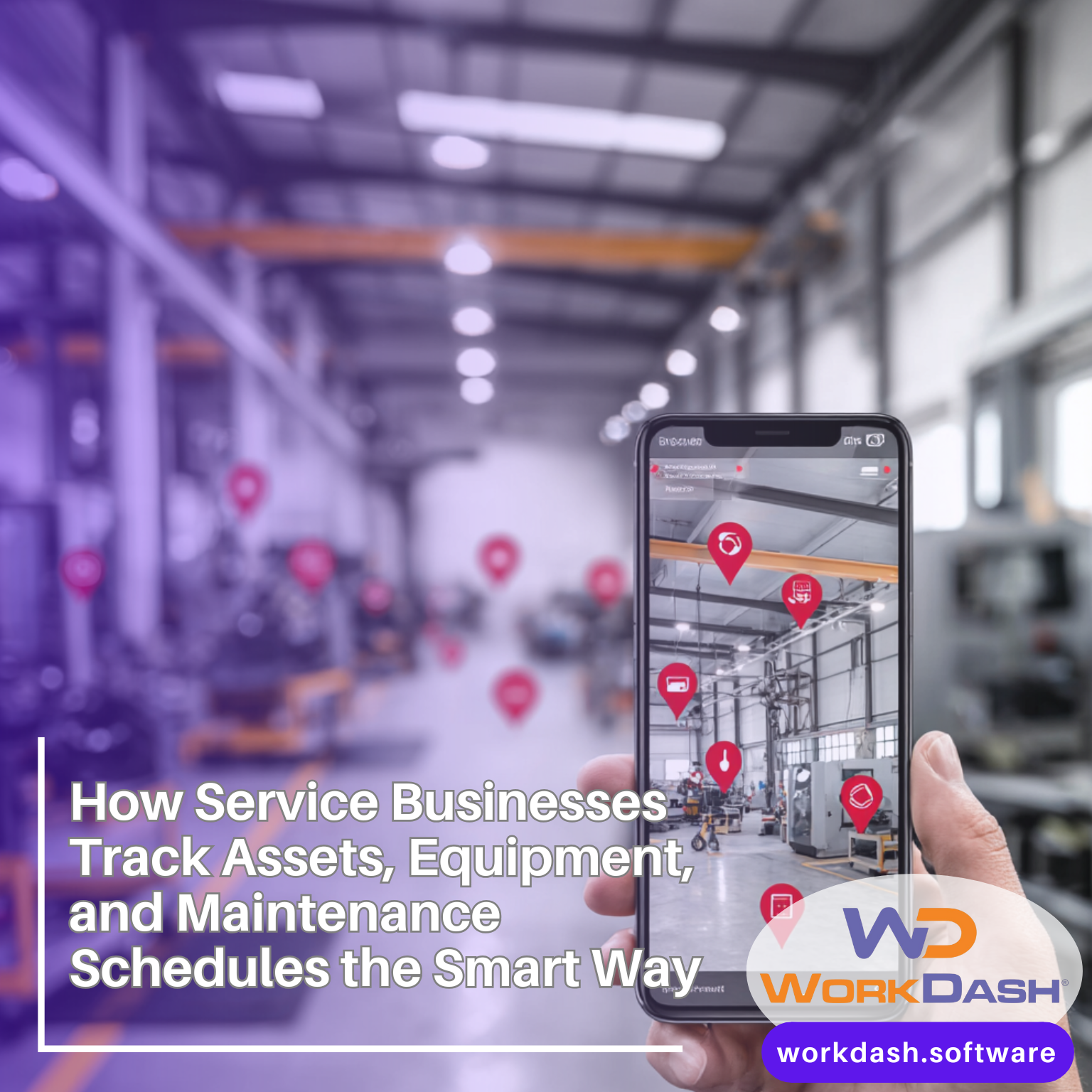Table of Contents
Why Service Businesses Must Go Paperless
In today’s fast-paced service industry, paperwork is slowing businesses down. From job sheets to customer sign-offs, relying on traditional paper-based processes leads to inefficiency, errors, and delays. The solution? Transitioning to digital forms and paperless workflows.
By embracing digital transformation, service businesses can streamline their operations, save time, improve accuracy, and provide a seamless experience for both staff and customers. With the right workflow software and document management system, you can eliminate manual data entry, reduce paper usage, and achieve a fully paperless office.
In this blog, we’ll explore how digital forms and workflow automation can optimise your service business. Whether you’re in plumbing, electrical, HVAC, or any mobile workforce industry, going paperless is the essential next step.
The Problem with Paper-Based Processes
Paper Forms Are Time-Consuming and Error-Prone
- Manual data entry slows down operations
- Paperwork gets lost, damaged, or delayed
- Illegible handwriting causes miscommunication
- Collecting signatures and approvals takes too long
Paper-Based Workflows Limit Visibility and Control
Without digital workflows, managers can’t track job progress in real-time. Staff in the field may complete forms, but getting them to the office means driving, scanning, or emailing documents—slowing down the process.
What Are Digital Forms and Paperless Workflows?
Digital Forms Defined
Digital forms are electronic versions of traditional paper forms used to collect data, capture signatures, and record job details in a digital format. These forms can include fields such as:
- Text boxes
- Dropdown menus
- Checkboxes
- Date/time stamps
- Photo uploads
- Electronic signatures
- Sections and formatting
- PDF export profiles
- Scoring
- Prefilled fields
Paperless Workflows Explained
Paperless workflows use automation to route, store, and manage these digital forms without any physical paperwork. A well-integrated management software solution allows forms to trigger actions like:
- Sending email notifications
- Assigning follow-up tasks
- Generating reports or PDFs
- Updating job statuses
- Integrating with other tools like CRMs or accounting systems
Benefits of Digital Forms for Service Businesses
1. Save Time with Automation
Automated forms reduce manual effort. Job details can be submitted in real-time, with data syncing instantly to your system. No more delays caused by lost paperwork or data entry backlogs.
2. Improve Accuracy and Reduce Errors
Digital forms use logic, validation rules, and required fields to ensure consistent and complete data collection. This minimises human error and improves data quality.
3. Boost Productivity and Efficiency
Digital workflows streamline operations by eliminating paper-based bottlenecks. Forms are instantly accessible, searchable, and sortable within your workflow software.
4. Increase Customer Satisfaction
Clients receive prompt service with faster processing. Branded PDFs, instant follow-ups, and real-time updates offer a professional, tech-savvy customer experience.
5. Strengthen Compliance and Audit Readiness
Paperless forms are timestamped, securely stored, and traceable. They help businesses meet industry standards and stay audit-ready with minimal effort.
How Digital Workflows Streamline Business Processes
Automate Processes from Start to Finish
From job creation to invoicing, digital workflows ensure that every step in your business process is tracked, streamlined, and automated.
Improve Collaboration Across Teams
When everyone accesses the same digital document from any device, collaboration becomes seamless. Office teams, technicians, and management all stay in sync.
Enable Real-Time Updates and Notifications
Mobile-friendly workflows allow your field staff to update job details instantly. Automated notifications keep customers and team members informed.
Store and Manage Documents in One Place
A robust document management system ensures every form, note, signature, and file is stored securely and can be accessed whenever needed.
Common Use Cases for Digital Forms and Paperless Workflows
- Onboarding and HR Forms – Digital employee onboarding forms, safety checklists, and training documentation.
- Job Completion Reports – Capture job details, photos, digital signatures, and timestamps with instant submission.
- Customer Feedback Forms – Collect service ratings and comments digitally, and trigger automatic follow-ups.
- Inspection and Safety Forms – Use forms with conditional logic and mandatory fields to ensure compliance.
- Work Orders and Task Assignments – Assign jobs and track completion in your workflow system.
Features to Look for in a Digital Forms Solution
- Drag-and-drop form builder
- Mobile access for field technicians
- Integration with workflow software
- Secure digital storage
- Electronic signature support
How WorkDash Helps You Go Paperless
WorkDash is a powerful management software designed to help service businesses transition to a paperless office. With WorkDash, you can:
- Create digital forms using a drag-and-drop builder
- Automate workflows and notifications
- Store all documents in a central digital storage system
- Reduce paper usage and improve efficiency
- Streamline processes with a unified dashboard
Whether you need to digitize job sheets, automate customer feedback, or reduce manual data entry, WorkDash makes it simple to go paperless.
How to Transition from Paper Forms to Digital Workflows
- Audit Existing Paper Forms – List every form you use and identify the critical ones.
- Create Digital Versions – Use a form builder to replicate and improve existing forms.
- Train Your Team – Ensure staff can access, fill, and submit digital forms.
- Automate Actions – Trigger tasks, notifications, and integrations based on form submissions.
- Go Fully Paperless – Phase out physical forms and track improvements.
Frequently Asked Questions (FAQ)
What are the main benefits of going paperless in a service business?
Going paperless improves efficiency, reduces manual errors, saves time, lowers costs, and enhances customer satisfaction.
Are digital forms legally valid?
Yes, digital forms with electronic signatures are legally binding and comply with modern business regulations.
Can digital workflows integrate with other business tools?
Absolutely. Most modern systems allow integration with CRMs, invoicing software, and job management platforms.
How secure is a paperless document management system?
Digital storage includes encryption, backups, and access controls—making it safer than paper.
Is workflow automation only for large companies?
No. Small and medium businesses benefit significantly by reducing paper-based processes and improving turnaround times.
Final Thoughts: Embrace the Digital, Work Smarter
Digital forms and paperless workflows are no longer optional—they’re essential for businesses looking to improve efficiency, reduce errors, and deliver exceptional service.
With solutions like WorkDash, service-based organisations can transition from inefficient, paper-based processes to streamlined, automated workflows.
Start your digital transformation today. Create digital forms, automate workflows, and unlock the benefits of a truly paperless office.





